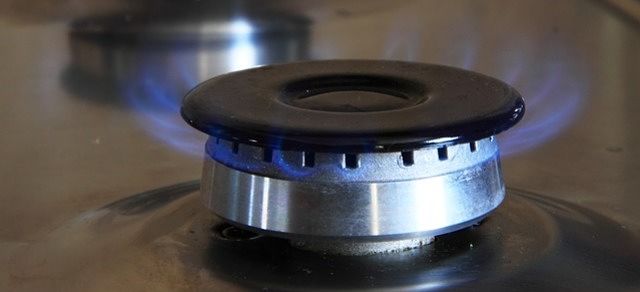Environmental Defense Fund (EDF), Google Earth Outreach and National Grid, a utility company in the U.S., are working together to find, measure and map methane gas leaks that are warming the planet.
Their experience shows that big problems like climate change cannot be solved in isolation—and sometimes, the most meaningful solutions come from the most unlikely alliances.
When it comes to climate change, methane gas does not get the same attention as carbon dioxide. Yet, pound-for-pound, it is 120 times more potent than carbon dioxide because of how effectively it absorbs heat, says the EDF website.
To map gas leaks from the pipes that run beneath streets and sidewalks, three Google Street View cars were equipped with new methane-sensing and analytical technology to measure concentration, GPS locations, and wind direction and speed as they drove through Boston, MA, Indianapolis, IN and Staten Island, NY.
The maps show how much these low-priority risks add up and how important it is to upgrade infrastructure.
In Boston, where more than half of the natural gas pipes are over 50 years old and are made of leak-prone materials, such as cast iron, there was an average of one leak for every mile driven. In Indianapolis, where pipes are newer and made from less leak-prone materials, such as plastic, there was an average of one leak for every 200 miles driven.
Come together
It may seem surprising to think of Google working with an environmental NGO and a utilities company to fix gas leaks, but Karin Tuxen-Bettman, a program coordinator for Google Earth Outreach, says it is the organization’s mission to use Google’s mapping tools to address our world’s most pressing problem.
Millie Chu Baird, managing director at EDF, says the partnership between EDF and Google Earth Outreach was an easy fit because both organizations went in with an open mind and shared the same philosophical backbone of bringing this information to the public.
National Grid jumped on board when the company realized that the project would show them something about their system that they had never considered before.
“The technology…helps us understand how much gas is leaking. We never looked at it that way—we looked at the proximity of the leak to people and buildings where it could potentially ignite and cause a problem. EDF wants to know what it does to the atmosphere. It’s a different perspective, even though we are looking at the same leak,” says Fleck.
National Grid realizes that their customers are becoming increasingly interested in this kind of information, but the partnership with EDF and Google Earth Outreach was key to presenting it in a useful way, says Fleck.
“We don’t have the kind of technology that Google has to link this stuff up…. It would have been really boring and inaccessible, and I don’t think it would have been very helpful at all,” says Fleck.
And in the end, bringing this information to the public is what is most important, says Baird. “It is uncommon that you have an environmental problem that has such a readily available solution, and in this case, it is about getting the public support to [update the infrastructure],” she says.





